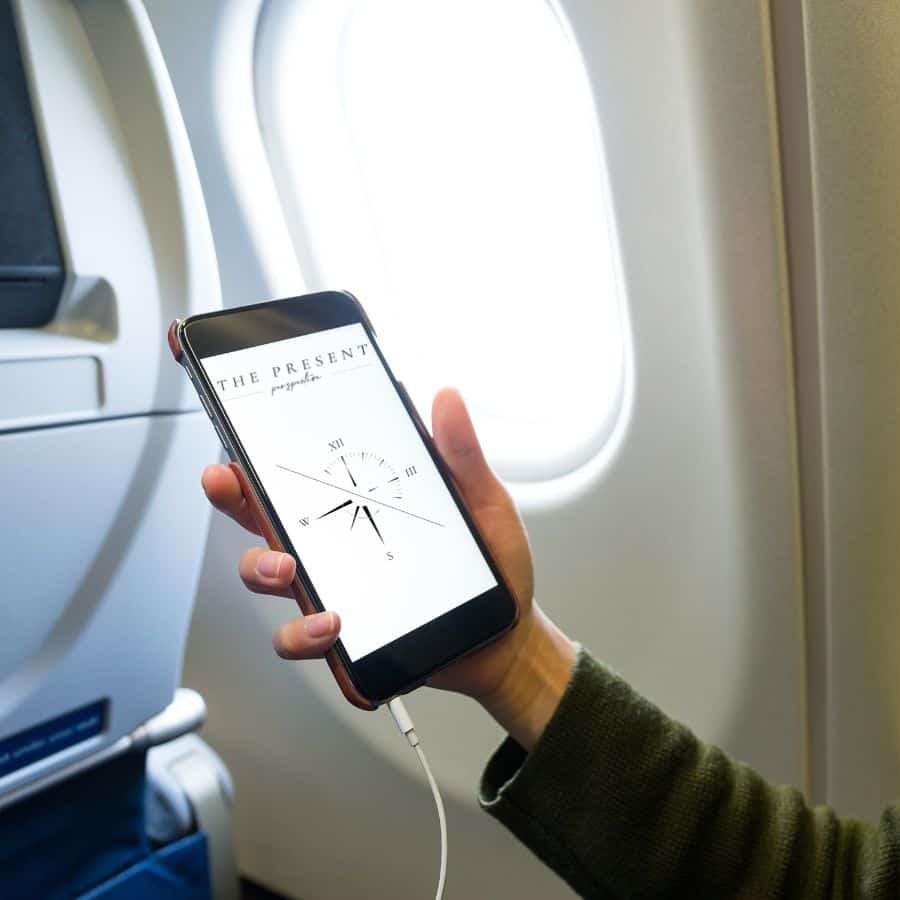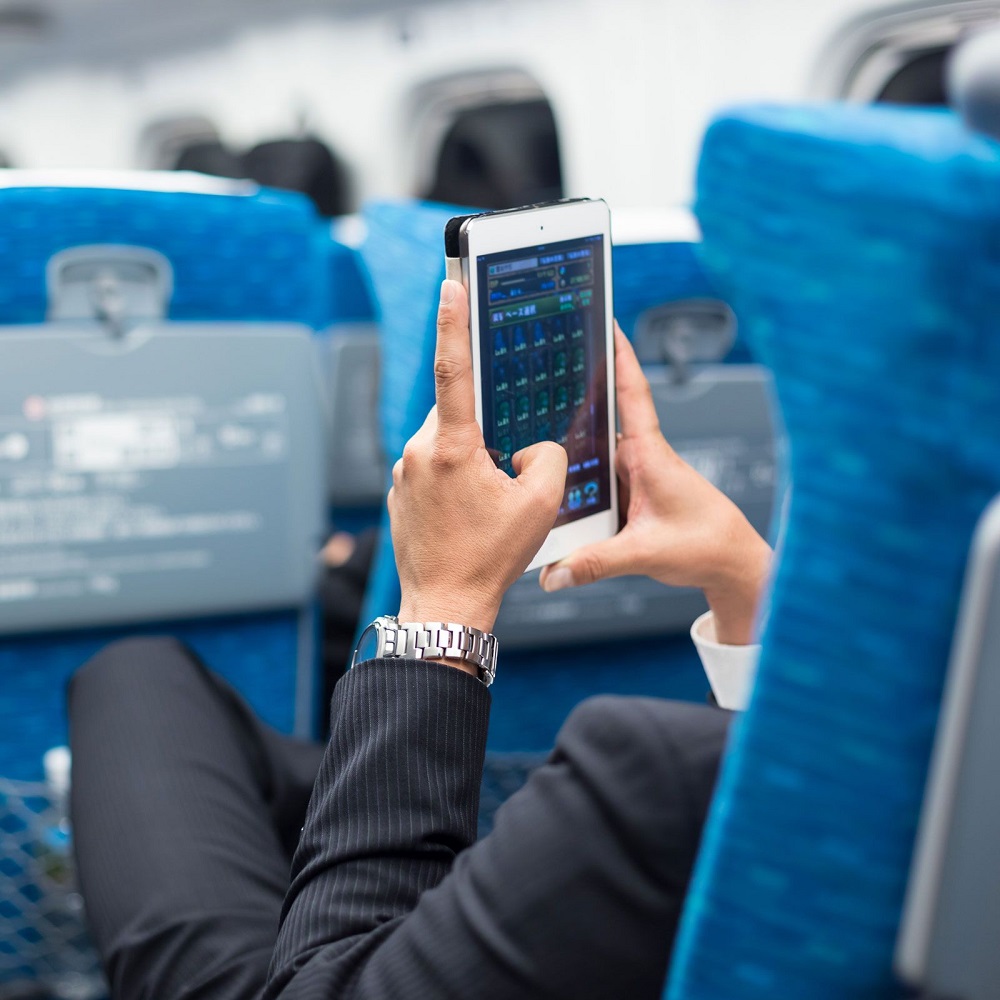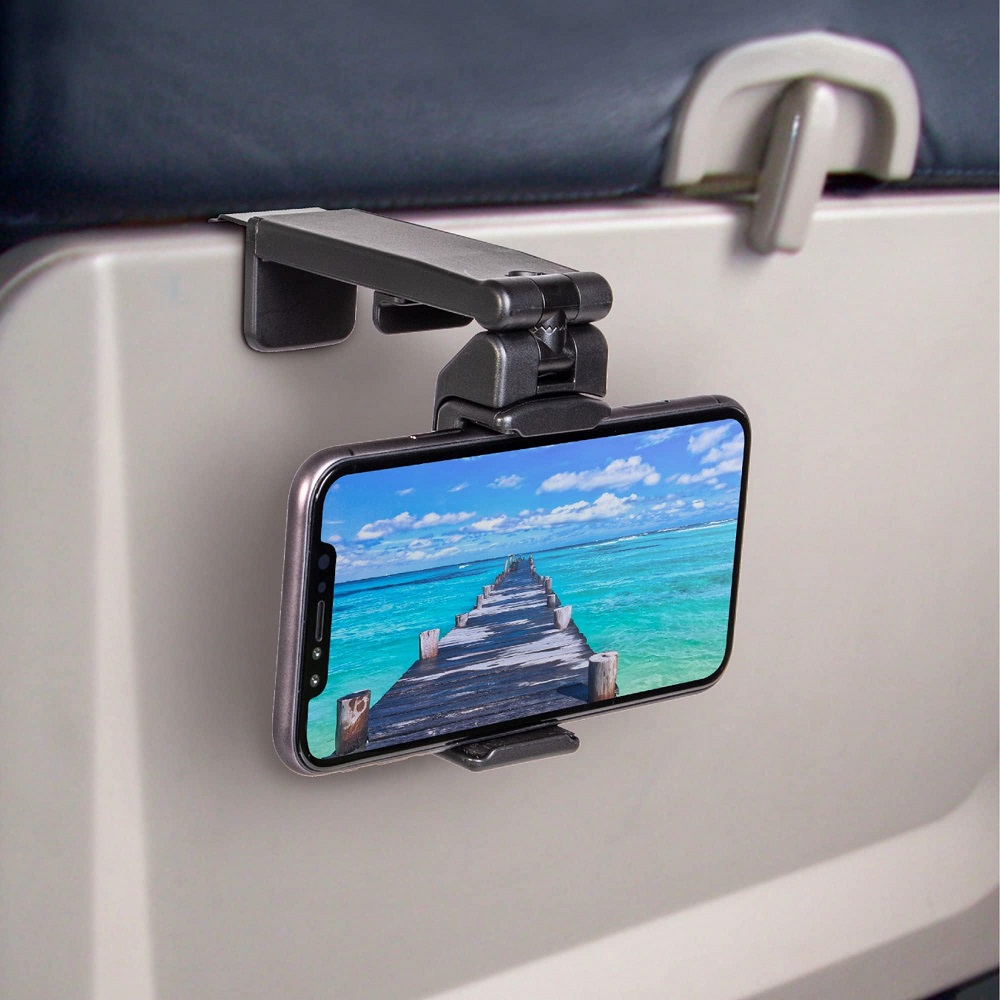Introduction to Airplane Mode and Mobile Devices
In today’s world, mobile devices are essential. Yet, when we fly, we must use airplane mode. This setting stops devices from sending signals that could disrupt a plane’s systems. Flight crews tell us to use it for safety. Though some may question its need, experts confirm its importance. Advances in technology may alter rules in the future, but for now, compliance is key. Airplane mode turns off cell service and data. It allows the use of other device features- cell phone, like playing games or listening to downloaded music. This mode is a quick switch in your device settings. It helps prevent potential interference with aircraft instruments which are vital for a safe flight.
It’s not just a suggestion; it’s a rule. From takeoff to landing, keeping your phone on airplane mode is mandatory. It’s a simple action that supports the safety of everyone aboard. Non-compliance may invite risks and legal consequences. So, when you board, switch your phone to airplane mode. It’s a small step for safety, that impacts all on the journey.
Historical Perspective: The Evolution of Policy on Phones in Flight
The rules on cell phone use during flights have evolved significantly. Initially, passengers had to turn off their phones entirely. This strict policy was due to safety concerns about potential interference with the aircraft’s navigation and communication systems. Many still remember when airlines required complete shutdown of devices during takeoff and landing.
In 2013, this rule changed in the United States. The Federal Aviation Administration (FAA) allowed passengers to use their mobile devices in airplane mode throughout flights. This decision came after thorough discussions and research involving various stakeholders. These included pilots, aviation manufacturers, passengers, and mobile technology specialists. They all scrutinized the implications of mobile device usage at heights.
Though turning off cellular signals mitigated risks, the fundamental reason was to prevent interference with crucial onboard instruments. The use of mobile phones in airplane mode became a common middle ground. It allowed passengers to access certain features of their devices without posing risks to flight safety.
As we moved forward, technology improved, and aircraft systems became more resilient to potential interference. Nonetheless, the conservative approach remains predominant in aviation, emphasizing safety over convenience. Thus, until conclusive evidence grants complete liberty, airplane mode continues to be an essential requirement during flights.
Countries other than the United States also adapted their policies, reflecting global standards and practices. These policies ensure uniform safety protocols across different jurisdictions, emphasizing the importance of adhering to regulations that protect all passengers aboard.
Technical Insights: How Mobile Phones Affect Aircraft Systems
Understanding how mobile phones can impact aircraft systems is crucial for flight safety.
Mobile phones emit signals that can disrupt crucial aircraft systems. These signals may interfere with navigation and communication equipment. Interference happens because the signals from phones overlap with device frequencies on the aircraft. This overlap can distort important data needed for a safe flight.
Phones, when used normally, communicate with multiple cell towers at high speed. This rapid communication can confuse onboard systems. It is similar to hearing multiple conversations at once, making it hard to focus.
The Role of Airplane Mode in Mitigating Risks
Switching your phone to airplane mode reduces these risks significantly. Airplane mode disables cellular services, avoiding the transmission of disruptive signals. It allows passengers to safely use non-transmissive functions of their gadgets, such as reading or listening to pre-downloaded music.
This setting is essential not just for compliance with aviation rules but for everyone’s safety. Keeping your phone on airplane mode during flights ensures that aircraft systems operate without interference. It is a simple step every traveler can take to contribute to a safer flying environment.
Regulatory Measures and Global Standards
FAA and FCC Regulations
In the realm of aviation, ensuring safety through regulation is paramount. The FAA (Federal Aviation Administration) oversees aviation safety in the U.S., enforcing airplane mode to curb potential disruptions from cell signals. Since 2013, the FAA has permitted mobile devices on flights, provided they are in airplane mode. This adjustment offers a balance allowing passenger device use without compromising safety.
The FCC (Federal Communications Commission) also plays a vital role, focusing on communication networks. It has been instrumental in banning cell phone use on flights since 1991. This is to prevent signals from interfering with ground networks. The FCC consistently reviews and updates its guidelines to adapt to new technology while maintaining safety.
International Practices and Exceptions
Globally, aviation regulations vary but share common safety goals. Many countries follow practices similar to the FAA, requiring airplane mode during flights. However, exceptions exist, particularly in Europe, where recent advancements allow using mobile devices more freely, thanks to 5G deployment.
For example, the EU and UK have begun integrating 5G on planes, enabling full mobile use without the earlier airplane mode restrictions. This variation stems from different technological standards and risk assessments in different regions, which have judged that newer technology minimally interferes with aircraft systems. Despite these advancements, most global aviation bodies prioritize overarching safety through stringent adherence to mobile usage rules during flights.
Advances in Technology and Future Trends
The landscape of in-flight mobile use is shifting, driven by rapid technological advancements.
The Integration of 5G in Aviation
As 5G networks expand, they reach into the skies. Airlines in the EU and UK are integrating 5G, enabling passengers full mobile device use without airplane mode. This includes streaming and making calls. Aircraft and 5G systems are designed to prevent interference. This breakthrough paves the way for safer in-flight connectivity and more access for travelers.
Possible Changes to Current Cell Phone Usage Rules
With 5G’s success, rules around cell phone use in the air might loosen. The technology reduces risks previously linked to mobile signals. If 5G rolls out wider, airplane mode may become less critical. Still, safety will always guide these decisions. Changes will only come after thorough testing and clear evidence. Until then, airplane mode remains necessary for flight safety and compliance.
Practical Implications for Passengers
The Importance of Compliance
Airplane mode is a serious matter for airline passengers. Switching devices to this mode prevents signal clashes that might affect the aircraft. Such compliance is not optional but a must. It ensures everyone onboard stays safe. Remember, when you fly, applying airplane mode is your contribution to safety. It’s the rule, and it protects aircraft systems from disruption. Following this instruction is a small but significant act of responsibility.
Potential Consequences of Non-Compliance
Ignoring the rule to switch to airplane mode can have serious effects. First, it can risk flight safety by hampering communication systems. This could pose a danger to the aircraft and those onboard. Second, non-compliance is against aviation laws. This means you might face legal action. Penalties could range from fines to further legal consequences. So, always make sure your device is in airplane mode. It’s the law, and it’s for safety.
Summary and Safety Recommendations
As we navigate the skies, keeping our mobile devices in airplane mode remains crucial. This setting ensures the safety of all on board by preventing interference with crucial aircraft systems. Despite evolving technology and the potential phasing out of airplane mode in some regions, adherence to current regulations is essential.
With the integration of 5G in aviation, particularly in the EU and UK, regulations may shift. However, until these changes are globally accepted and proven safe, airplane mode should stay. It’s not just about following rules; it’s about ensuring a safe, interference-free flight.
Always remember, switching your phone to airplane mode is more than a mere formality. It’s a key step in flight safety protocol that protects navigation and communication systems from potential interference. Compliance is not optional; it’s mandatory and crucial for the safety of everyone aboard.
In conclusion, keep your cell phone in airplane mode during flights. It’s a simple act that plays a part in ensuring a safe journey for all. Your understanding and cooperation help maintain the integrity of aircraft operations and safeguard the well-being of every passenger and crew member.



